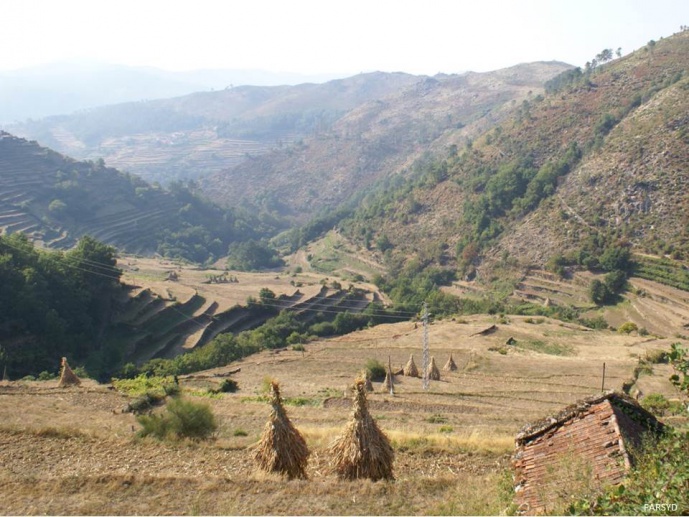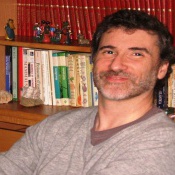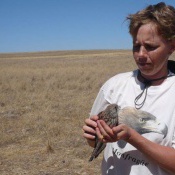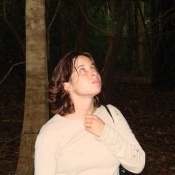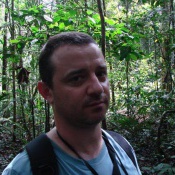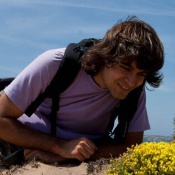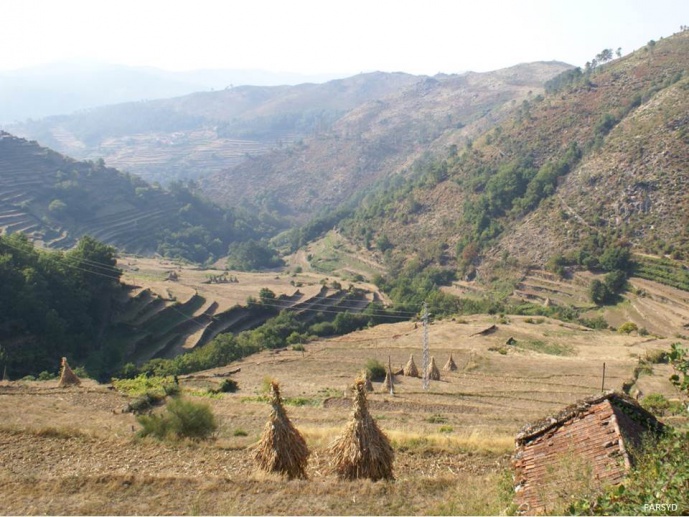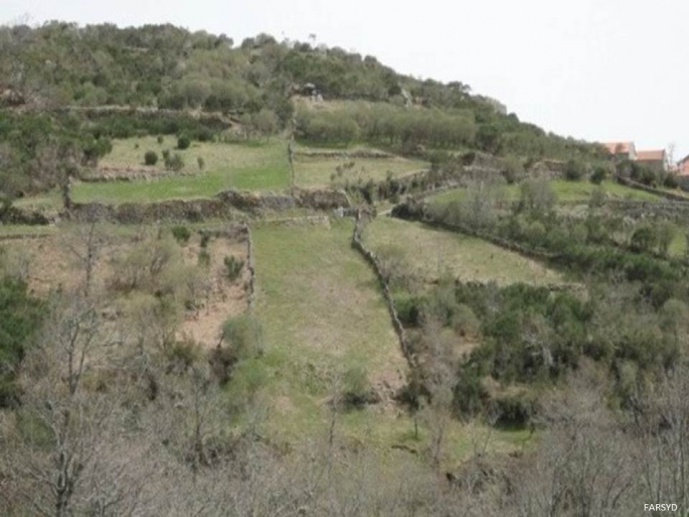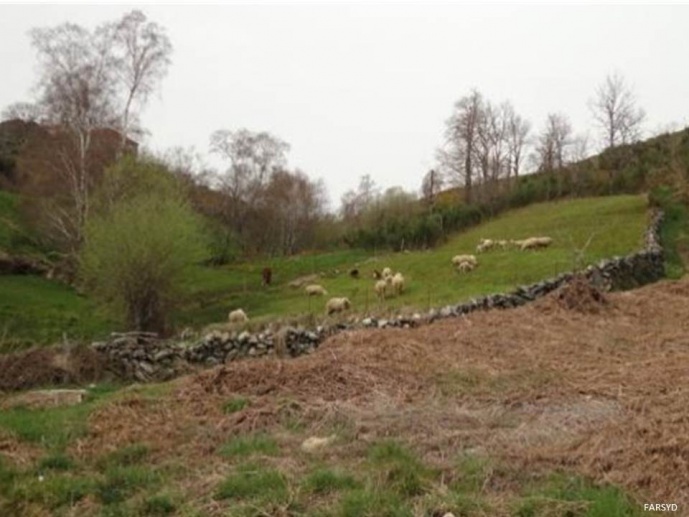FARSYD: FARming Systems as tools to support policies for effective conservation and management of high nature value farmlanDs
High Nature Value farmlands constitute complex socio-ecological systems which underlying farming systems include semi-natural habitats, traditional low intensity farming, and diverse, small-scale mosaics of land-use types. Extensively managed farmlands have been related to high levels of biodiversity, even though farmers’ individual roles in the maintenance and management of multifunctional landscapes have also been widely acknowledged. High Nature Value farmlands relevance to the maintenance and resilience of European Union rural environment derives from their high levels of biodiversity and delivery of provisioning, regulation and cultural ecosystem services. Due to the well-known impact of policy and socioeconomic drivers, such farmlands are prone to changes resulting from intensification and the abandonment of farmlands, which may cause the loss of relevant biodiversity and important ES. Thus, there’s a pressing need to understand how policy drivers of change may impact the natural asset, i.e. biodiversity levels and ecosystem services outcomes, on such rural landscapes, so that legal instruments within the Common Agriculture Policy (CAP) pillars may converge to more effective environmental conservation and management.
FARYSD aims to tackle the relation between farming systems and biodiversity and ecosystem services in High Nature Value farmlands, whilst assessing trade-offs between driving forces behind land-use change, and the safeguard of the natural ad social capital underlying such farmlands. FARSYD backbone is the farming system approach, i.e. farmland patterns as the result of complex interactions between farmer’s decisions and the bio-physical environment, known to operate at multiple spatial and temporal scales. FARSYD’s ultimate goal is to develop and test an integrative system-based framework that evaluates the potential of the FS approach as a tool to assess HNVf support of the natural and social asset and the delivery of multiple ES under putative future scenarios of agricultural related policy changes.
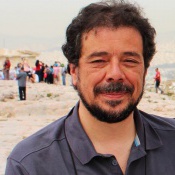
Pedro Beja
Davy McCracken, Eduardo Corbelle Rico, Inês Catry, José Manuel Lima Santos, Maria João Canadas, Michael Strohbach, Paulo Ribeiro, Sebastian Klimek
